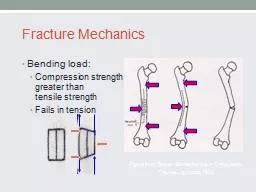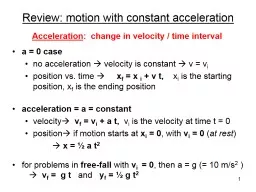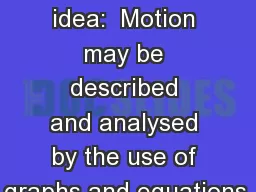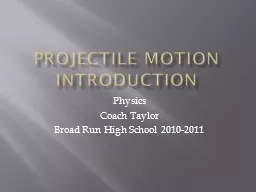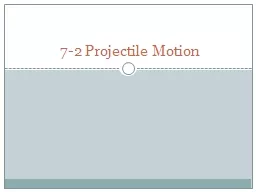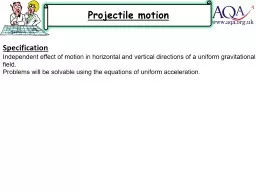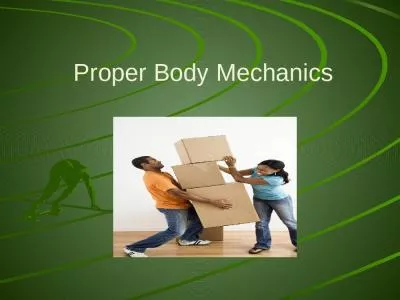PPT-Biomechanics Projectile motion & Fluid mechanics
Author : min-jolicoeur | Published Date : 2019-11-25
Biomechanics Projectile motion amp Fluid mechanics Projectiles A projectile is anything that goes off the ground In sport that could be a rugby ball that has been
Presentation Embed Code
Download Presentation
Download Presentation The PPT/PDF document "Biomechanics Projectile motion & Flu..." is the property of its rightful owner. Permission is granted to download and print the materials on this website for personal, non-commercial use only, and to display it on your personal computer provided you do not modify the materials and that you retain all copyright notices contained in the materials. By downloading content from our website, you accept the terms of this agreement.
Biomechanics Projectile motion & Fluid mechanics: Transcript
Download Rules Of Document
"Biomechanics Projectile motion & Fluid mechanics"The content belongs to its owner. You may download and print it for personal use, without modification, and keep all copyright notices. By downloading, you agree to these terms.
Related Documents





